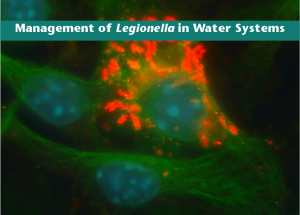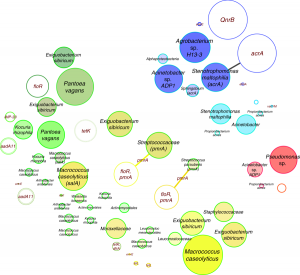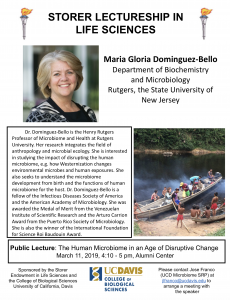Human space exploration beyond Earth and Moon is a declared goal of NASA, ESA, Roscosmos and other space-faring agencies, with human Mars mission envisioned in the near future. One of the major challenges of the mission is protecting the human crew from illness and infection caused by harmful biological contaminants. To evaluate these challenges in …
Last week, the International Societies of Exposure Science and Indoor Air Quality had their joint meeting in Kaunas, Lithuania. The meeting featured a lot of great research on topics ranging from the thermal comfort of clothes to exposure to heavy metals from e-cigarettes and everything in between. While we can’t summarize the whole meeting here, …
Register Here Please join the National Academies of Sciences, Engineering, and Medicine on August 14th from 11:00am-12:30pm EDT for the release of the report, Management of Legionella in Water Systems. The report examines what is known about Legionella occurrence in water systems, and makes recommendations for managing bacterial growth in these environments in order …
By Pudelek (Marcin Szala) – Own work, CC BY-SA 3.0, Link The International Societies for Exposure Science and Indoor Air Quality are having a joint meeting August 18-22, 2019 in Kaunas, Lithuania. Grantees from both the Microbiology of the Built Environment and Chemistry of Indoor Environments programs will feature in several sessions. In addition, there …
How microbial profiles differ between water-damaged and dry buildings is not well known. It’s only logical that where moisture is available indoors, microorganism will grow. Yet, measured microbial products do not show consistent differences between wet and dry homes. Because wet homes are associated with a variety of health risks, it’s important to identify the …
Antibiotic resistance has been assessed to rise to dangerously high levels in all parts of the world, and new resistance mechanisms are emerging and spreading globally. At the same time the number of people dying from antibiotic-resistant bacteria is increasing. The World Health Organization considers the spread of antibiotic resistance and appropriate countermeasures as one …
Maria Gloria Dominguez-Bello gave a talk at UC Davis on March 11, 2019. This talk was part of the Storer Lectureship in Life Sciences series. Her talk was on “The Human Microbiome in an Age of Disruptive Change” and it was really quite good. I live Tweeted the talk and if you are interested the …
Just a quick journal club post here, got pointed to this really interesting sounding article by David Thaler recently “Microwave detection and quantification of water hidden in and on building materials: implications for healthy buildings and microbiome studies.” As I understand the problem, it can be hard to quantify water in buildings, particularly water hidden …
The initial discovery of microorganisms by Robert Hooke and Antonie van Leeuwenhoek in the mid to late 1600’s was an exploration of wonder. The two were some of the first to visually journey into the microscopic realm with the aid of simple microscopes. They turned their gaze to the ordinary spaces around us. Pouring into …
OK this is a bit disconcerting if you eat food at any major stadiums around the country. But it is interesting and worth a read. An Outside the Lines analysis of 16,000 routine food-safety inspection reports covering 111 pro sports venues found that, at about 28 percent of the venues, half or more of their …





